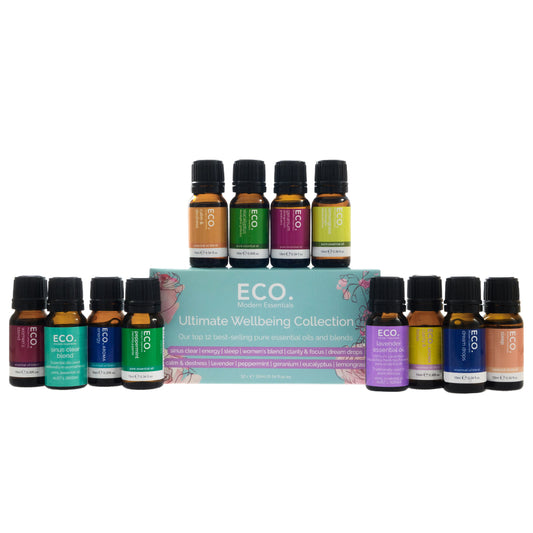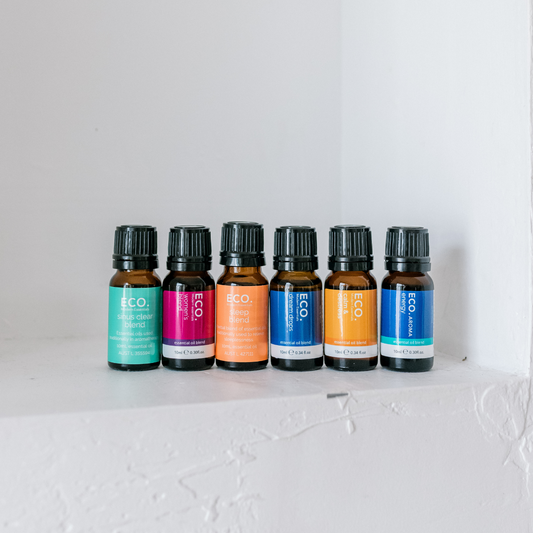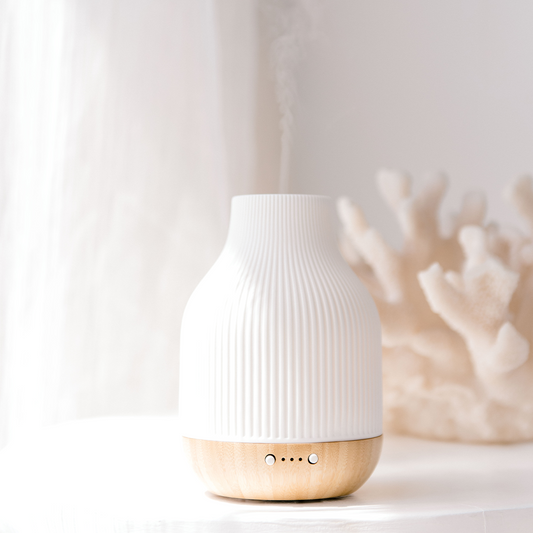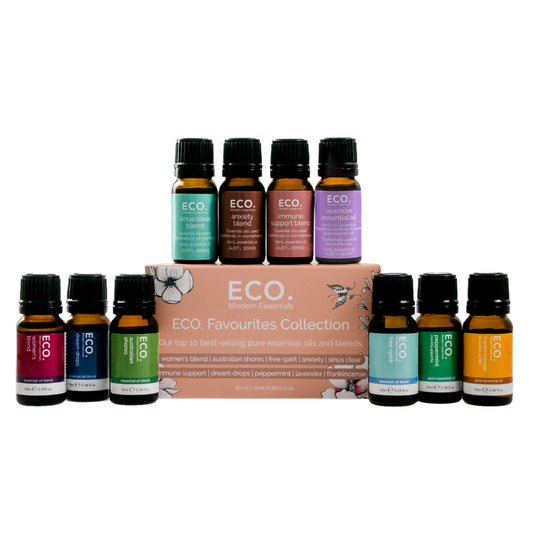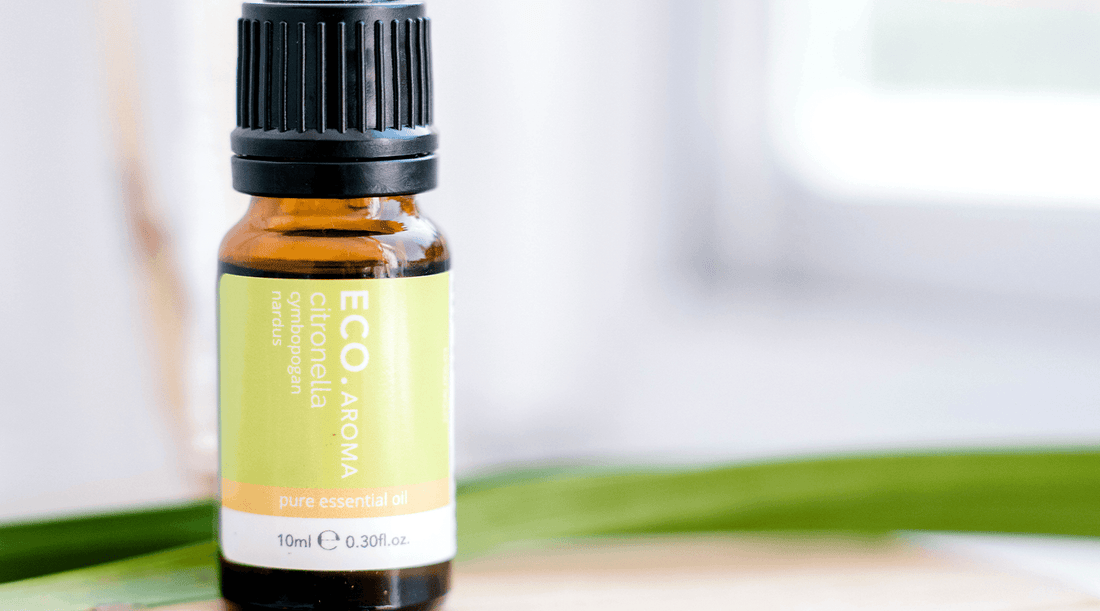
Citronella Essential Oil
History
For centuries, Citronella essential oil has been a natural medicinal remedy in China, Sri Lanka, and Indonesia. Its name stems from the French word meaning "lemon balm". Cousin with Lemongrass, under the Cymbopogon family, both are very familiar in appearance and growth. Citronella continues to be prized for its antiseptic, antibacterial, freshening, uplifting, cleansing, respiratory and insect repellant properties.
Harvesting
Located in downhills and mountain areas of Indonesia, the Citronella farm resembles a sea of green pastures. Citronella is usually ready for its first harvest 6 months after planting and then re-harvested every 3 months, generally totalling 3 harvests per year under favourable conditions. Harvesting is done in the dry season as the yield of oil is higher and quality of the oil is better compared to the wet season. It is harvested by sharp sickle at about 20-45cm above the ground taking the leaf from the sheath.
Distillation
The extraction of Citronella essential oil is done by steam. Steam distillation separates and purifies the natural aromatic compounds. While steam distillation is time consuming, the maximum oil is obtained with minimal loss.
Community and Environment
Citronella was once thought to be a nuisance by farmers however, Citronella farming now generates a source of income for the upland community. The remaining Citronella plant after the distillation process is used as animal feed or as organic fertiliser.
Shop Citronella
A familiar addition to outdoor gatherings in Summer, Citronella has long been prized as an effective insect repellent. The fresh, lemon like scent of Citronella has an uplifting quality and can be used to freshen up musty rooms and deodorise kitchen smells.






